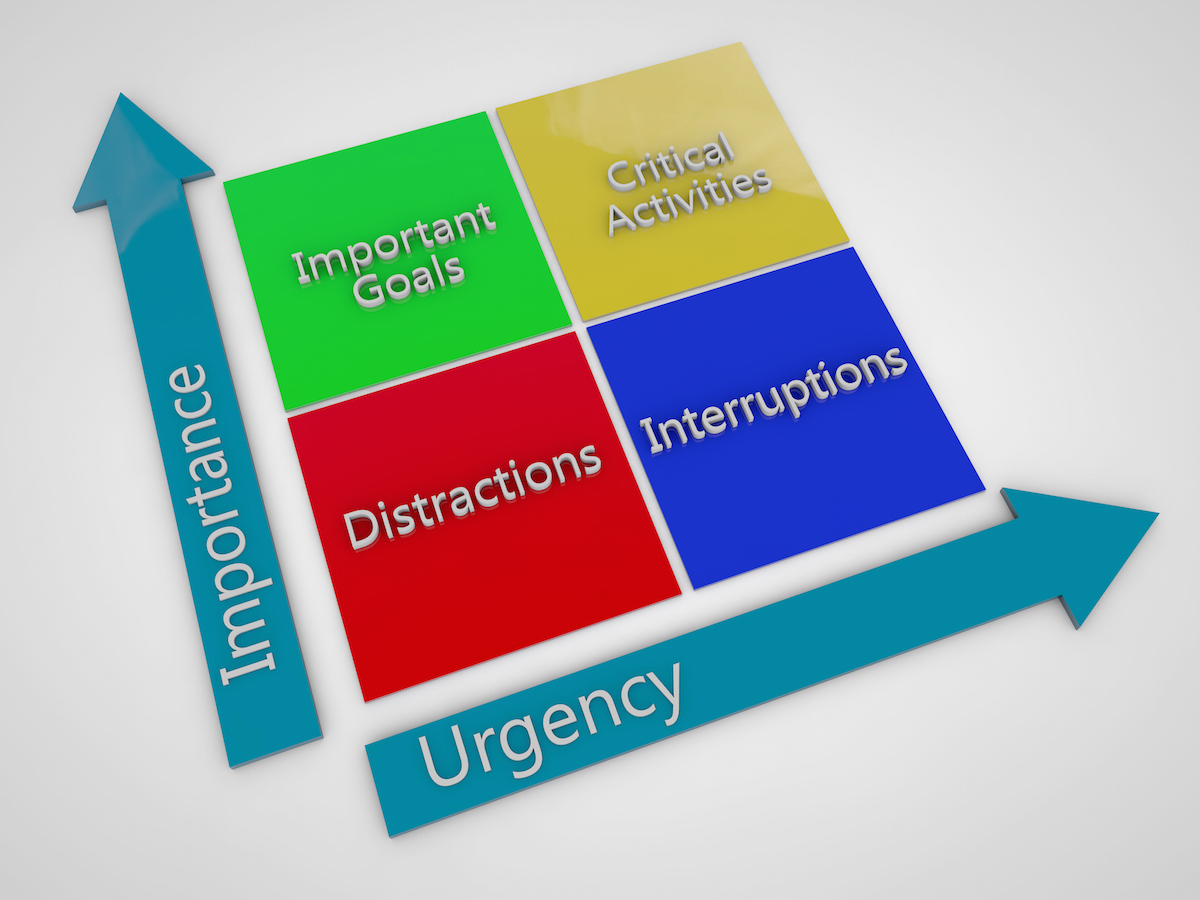One of the hardest things to for business leaders to teach their teams is the sense of urgency. What is important, by when should that be completed and how to get the important task completed, fast. Time management, used to be a very important competency behaviour in performance appraisals until some years back. But with transforming organizational trends, it is more important to work smart than being effective in time management.
Time management is the process of organizing and planning how much time you spend on specific activities. Checklists and calendars are the normal tools used for time-management. You gave yourself a certain time to accomplish tasks. If your job is a set of only linear tasks, using this process helped. Organizations today try to be disruptive game changers, add value to the customer and want to quickly be adept at changing techniques and technologies. That is organizations not only expect you to do the job given to you, but also incrementally improve your craft by learning new things. Here is where prioritization helps. Prioritization is the skill that you need to make the very best use of your own efforts and those of your team. It’s also a skill which helps create that space and clarity, so that you can focus your energy and attention on the things that really matter.
When there is so much to do and there is only a limited time to accomplish them, prioritization helps you focus your energies and time only on those important stuff that matter. Prioritization indicates that an individual has the ability to take judicious decisions on how to manage work-flow. Along with building individual capability this skill needs to be inculcated for the team as a whole i.e. help them focus on the most important work that needs to be accomplished. This is a more qualitative method, on how work can be accomplished. Prioritization also helps in work distribution and capability building. Some managers are known to hoard up tasks at their end, wanting to do it all their way or just because they believe it’s only their task to do. This causes a domino effect within the team on work distribution. If managers prioritize work and are evaluated on it as a competency, you are likely to see managers training the teams below on what is a “manager only” job. For e.g. managing internal resources can be delegated to the next level of senior members and the manager leaning in for consultation. Thus allocating time to do only those work, which is important. Another important advantage of using prioritization rather than simple time management is that employees can also allocate mind-space and their energies for personal goals thus increasing work-life harmony.
Simple ways to prioritize work would depend on financial dependability, time constraints, prioritization by those in position of authority and benefit of the job at hand. This prioritization works for those tasks or jobs that are already allocated. But what about tasks that needs to be accomplished as an investment, along with every-day job. For e.g. a new sales person quickly needs to learn the various technicalities of all the projects completed/on-going to do his job effectively. This task, unless prioritized is likely to be missed while meeting every-day checklists and targets.
There are plenty of tools to choose from, that can aid in help in establishing the priority of the task, in places where they are not intrinsically visible. Like the priority matrix – a 3×3 or 2×2 matrix of urgency and importance. The matrix helps in establishing the order in which jobs need to be achieved. The impact of an effective prioritization skill will only be felt fully, if this skill becomes a culture within firms.








